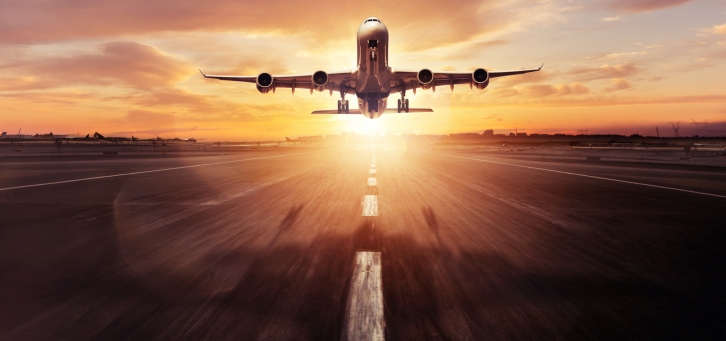Aircraft accidents, though infrequent, remain a sobering reality in the realm of aviation. Despite advancements in technology and rigorous safety protocols, general aviation accidents continue to occur at a higher frequency compared to commercial aviation. In this article, we delve into the latest statistics to uncover the predominant factors contributing to these incidents. From pilot error to mechanical failures and adverse weather conditions, understanding the root causes of general aviation accidents is paramount in enhancing safety measures and preventing future tragedies.
Commercial vs. General Aviation Accidents
Commercial Aviation
Commercial aviation refers to the operation of aircraft by airlines for the purpose of transporting passengers or cargo for profit. It includes large passenger jets, cargo planes, and regional airlines. Commercial aviation is characterized by:
- Stringent Regulation: Airlines and commercial pilots are subject to rigorous regulatory oversight by agencies such as the Federal Aviation Administration (FAA) in the United States and similar authorities worldwide. Regulations cover every aspect of flight operations, maintenance, crew training, and passenger safety.
- Professionalism and Training: Commercial pilots undergo extensive training and certification processes. They must adhere to strict flight hours, recurrent training, and proficiency checks to maintain their licenses and stay current with safety protocols.
- Safety Standards: Airlines invest heavily in safety measures, including advanced aircraft technology, regular maintenance schedules, and comprehensive safety protocols. Safety is prioritized at every stage of operation to minimize risks to passengers and crew.
General Aviation
General aviation encompasses all civil aviation activities outside of commercial airlines and military aviation. This sector includes private pilots, recreational flying, flight training, aerial photography, charter flights, and business aviation. Key characteristics of general aviation include:
- Diverse Aircraft and Pilots: General aviation includes a wide range of aircraft types, from small single-engine planes and helicopters to complex business jets. Pilots vary in experience levels, from newly licensed private pilots to seasoned professionals.
- Less Regulatory Oversight: While general aviation is regulated by the FAA and other civil aviation authorities, the regulations are generally less stringent compared to commercial aviation. Private pilots, for example, have different training requirements and flight hour limitations than commercial pilots.
- Accident Frequency: Due to the diverse nature of aircraft and pilots, general aviation experiences a higher frequency of accidents compared to commercial aviation. Factors contributing to accidents in general aviation may include pilot error, mechanical failures, weather conditions, and operational limitations.
General Aviation Accident Statistics
While the overall accident rate in general aviation has seen a decline over the past two decades, the absolute number of accidents remains relatively constant. Pilot error emerges as a predominant factor, accounting for a staggering 69.1% of all accidents in 2020. As we can see. pilot error reigns supreme as the leading cause of general aviation accidents, underlining the importance of comprehensive training and ongoing education for pilots. Loss of control in-flight represents the largest cause of fatal accidents, often stemming from lapses in judgment or inadequate situational awareness.
The Most Dangerous Phases of Flight
Landing accidents, while typically non-fatal, are alarmingly frequent and often result in significant damage to aircraft. Conversely, takeoff accidents, though less frequent, exhibit a higher fatality rate, emphasizing the criticality of meticulous pre-flight preparations and adherence to safety protocols. Descent and approach phases also present inherent risks, with stall/spin incidents posing a significant threat to flight safety.
Lessons Learned and Preventive Measures
The data gleaned from general aviation accident statistics underscore several key lessons for pilots. Adherence to personal minimums, rigorous pre-flight planning, and ongoing proficiency training are indispensable in mitigating the risk of accidents. Moreover, leveraging advanced technologies and fostering a culture of safety within the aviation community are pivotal in safeguarding against future tragedies.
The NTSB maintains a database of aviation accidents. Their website explains, “The NTSB aviation accident database contains civil aviation accidents and selected incidents that occurred from 1962 to present within the United States, its territories and possessions, and in international waters.” You can access the database here.
If you or a loved one has been involved in an aviation accident, it’s crucial to seek legal guidance.
At Barnett Law Offices, we have extensive experience in handling aviation cases. Our team of aviation lawyers can provide consultation and point you in the right direction to handle your case and situation effectively. Don’t navigate this challenging time alone—reach out to Barnett Law Offices for trusted legal support.


